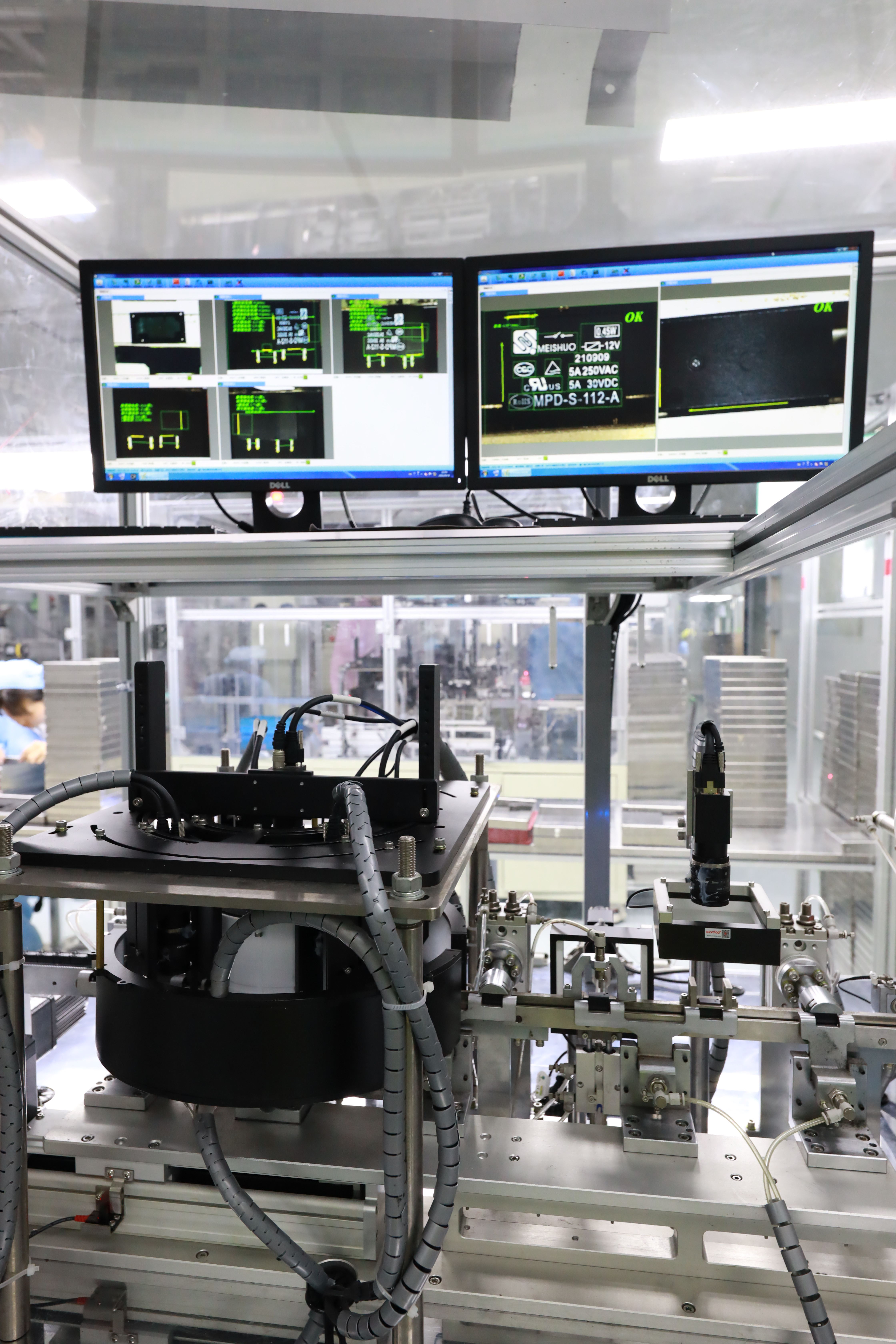relay production technology: innovations and processes behind the manufacture of essential electrical components
Release time:2025-10-27 03:11:51
Relay production technology involves a combination of design, engineering, materials science, and precision manufacturing to create relays that are reliable, efficient, and suitable for diverse applications. A relay, essentially an electrically operated switch, plays a critical role in a variety of industries, from automotive to telecommunications and industrial automation. In this article, we will explore the key aspects of relay production, including design considerations, materials used, manufacturing processes, and quality control, highlighting the importance of technological advancements in making these devices more effective and durable.

1. The Importance of Relays in Modern Technology
Relays are fundamental to the operation of electrical circuits, as they allow one circuit to control another by opening and closing contacts based on an external signal. This makes them essential in applications that require remote switching or automated control. For example, in automotive systems, relays control functions like turning on lights, while in industrial machinery, they help automate operations and protect circuits from overloads.
Given their widespread use, the production of relays must meet high standards of precision and reliability. The evolution of relay production technology has led to innovations that improve their performance and longevity.

